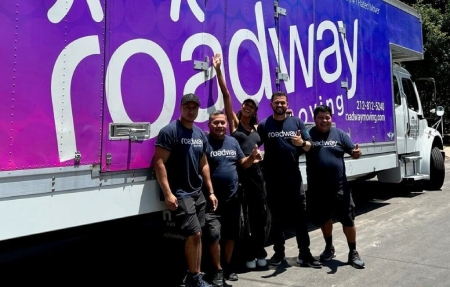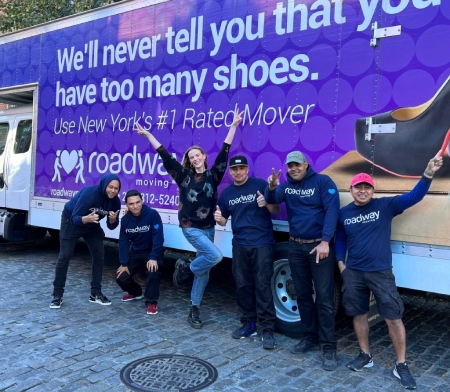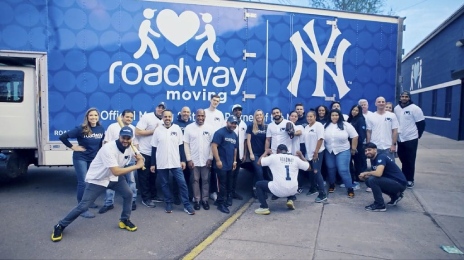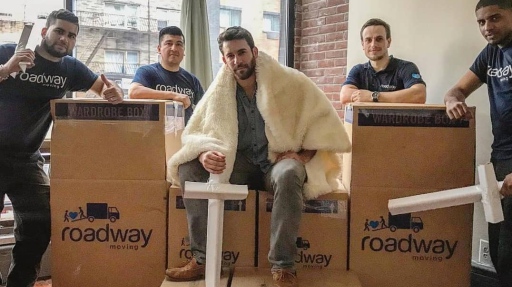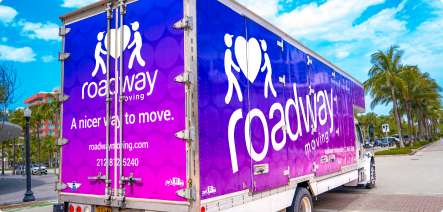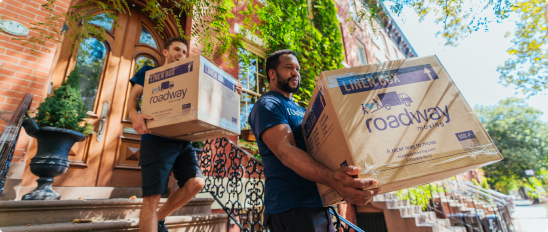How to Pack a Kitchen When Moving







The kitchen is a very intimidating room to be in during a move and we’ve all been there. Looking at all of the things you need to pack and asking yourself how is it going to be possible to empty the whole space, it’s going to be a rollercoaster ride.
 Take a deep breath and let’s see what steps you need to take to pack the most difficult room in the house. With all its dishes in different sizes and shapes, perishable food, and fragile items like glassware, this room can get a bit challenging to pack.
Take a deep breath and let’s see what steps you need to take to pack the most difficult room in the house. With all its dishes in different sizes and shapes, perishable food, and fragile items like glassware, this room can get a bit challenging to pack.
But, having a systematic plan will highly help you save time, energy, and headaches. And that is exactly what we had in mind when we made this guideline, hoping it will help take some of the stress away.
Step 1: Preparation is key
Pick out the essentials
This is the time when you need to go through your items and take out those you no longer want or need before starting to pack. Useful tip that can help you with deciding is that if you’ve had it for more than one year and you never used it, chances are you’re not going to. Your pantry is another great stop when picking out items you no longer use. That’s how you can also identify canned food and other non-perishable items that you can cook before leaving, therefore saving your budget and reducing waste.
Get the right packing supplies
Your partner in crime in the kitchen. Printed and used newspapers are thin and can leave ink behind on your belongings while packing paper is thicker and sturdier providing protection. Packing tape, markers and cling plastic wrap are also on top of the list of materials you’ll need while packing. While not essential, there are also specialty dividers you might want to purchase for items such as stemware.
Plan out your meals
Cut down on waste and maximize packing space by using ingredients you already have. You’ll have to eat during your move day, but you will also have to clean out your fridge so the best thing you can do is avoid shopping for everything, instead figure out the essentials. You could make a plan a week before the move so you can stretch out the meals which doesn’t leave you with so much leftover food.
Step 2: Open up your fridge and freezer
- Take an inventory of all the food to see what you can throw away if expired or eat before your move.
- You should empty your freezer a few days before you move so it can dry out.
- When it’s finally ready to go, tape the doors and wrap it with stretch wrap to keep the doors from opening.
Step 3: Pantry time
- Considering you’ve already checked off the first step and picked out the things you are really going to use from your pantry, you can now start packing the things that are coming with you to your new home. You can tape the lid of the spices and pack them in a Ziploc bag to prevent spills.
- Glass jars of food you can wrap in packing paper or bubble wrap and make sure you place them on the bottom of the boxes so they don’t crush those lighter items.
- Cans are probably the heaviest items and can tear boxes so use them to pack the bottom layer of boxes to avoid overpacking. Pack lighter things on top to balance the weight, or just stick to small boxes if you want all of the cans together.
- To avoid spilling the food, don’t pack items that are packaged on bottom.


Step 4: Let the games begin
Dishes
You should pack your plates vertically so they don’t break during the move. Secure your box by putting a few layers of bubble wrap or packing paper on the bottom and between each plate. If you want, you can even get dish pack boxes at the store.
Glassware
These breakable items should be set aside, double wrapped, placed in a small shoe box and taped shut. You have to label them correctly to indicate the fragile items and which side should be kept upright as well as to move them away from the heavier boxes that might break them. No need to stack them with unnecessary items even if there is space left. Don’t be afraid to use a lot of bubble wrap, cardboard dividers and packing paper, you have to secure your fragile items.
Pots and Pans
Always start with the biggest items, and place smaller pots inside, putting bubble wrap between each pot to prevent scratching. You can pack the lids separately. If you still have enough space in the box, you can put dry pantry items in them.
Knives
The best thing you can do to prevent hurting yourself is to put them in a box just for knives. Place them in their block or cover if you have it or put cardboard over the blade if you don’t. Label them appropriately so you don’t cut yourself. You can even put them in towels with blades pointing in the same direction protecting the tips. Don’t forget to label the direction of the knife blades.
Kitchen appliances
It would be amazing if you still have the original boxes so you can use them to pack everything. But if not, a medium sized moving box will also do the trick. Before you start packing, make sure to wash and dry everything going into boxes so moisture or food particles don’t attract any pets or grow mold.
You may or may not need to dissemble your appliances depending on how fragile they are. For example, the stove has a lot of attached pieces you need to remove and if you have a gas stove, make sure to turn off the gas before disconnecting it.
If you have to take apart your small kitchen appliances, pay attention to wrapping everything separately. Just make sure to keep all the parts in the same box so you have no problems finding them later. Before putting appliances in boxes, put a double layer of packing paper on the bottom of the box.


Step 5: Perishable food
Food like milk, eggs, frozen cake and meet should not be in any of your boxes, if you really want to take them with you, consider putting them in a travel ice box and carry them in your car.
You can also use some of the food to make yourself something quick to eat during the day.
If there is anything that you don’t need but hasn’t expired yet, feel free to donate to your local food bank.
Step 6 : Everything else
You can pack mixing bowls, cookbooks, baking sheets, oven mitts, and food storage containers the same way you packed everything else.
Keep like items together to make unpacking a bit easier, and pay attention not to make the boxes heavier than they should be.
Pack all of your essential boxes last so you can access them easily. If possible, you can even bring them with you in your car.
Since it’s going to be a very exhausting day, ask some of your close ones to help you out with packing, labeling or wrapping.
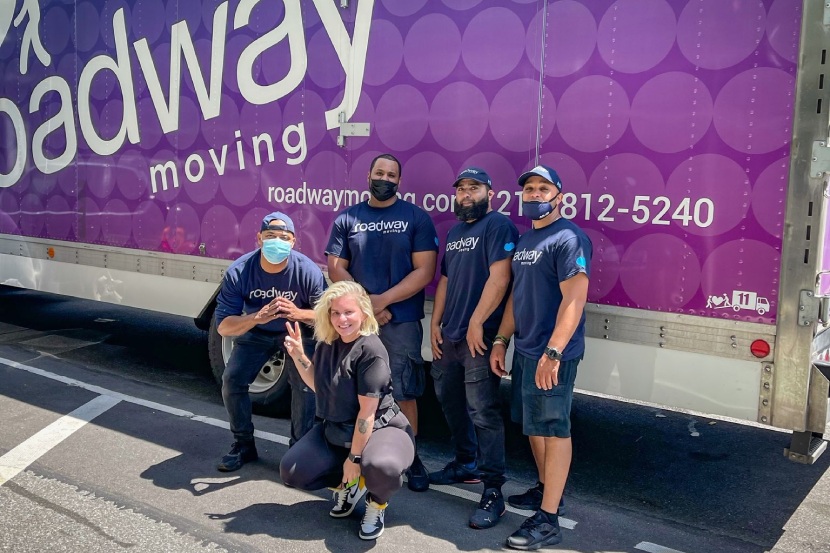

What a ride, right? You’ve finally packed all of your things and your belongings are safe in Roadway Moving’s hands. Give yourself a pat on the back, because it was in fact possible. The only thing left to do now to finish the ride is to clean the mess from the boxes, dust, bubble wrap and hit the road.

